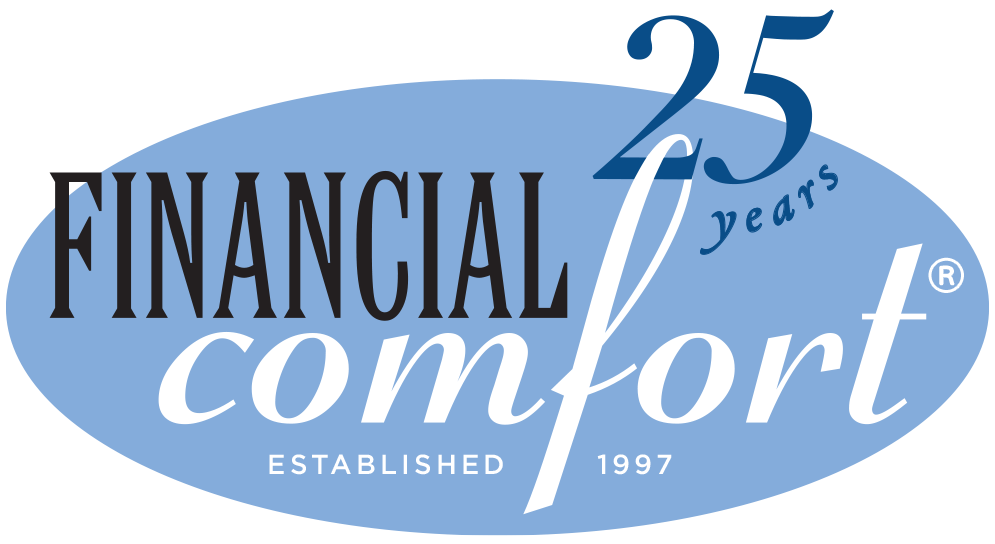Budget – Begin with the End in Mind
What are your 2012 financial needs or goals? Will you repay debt? Save? Reduce some expenses and increase others? Write down your goals.
Work from the Bottom Up
Last week, I suggested you analyze your 2011 financial picture. You gathered information. Now, let’s bring the pieces together. Create main areas of spending: home costs (rent, mortgage, utitilities), travel, food, children, retirement. Pull in last year’s numbers and adjust them for 2012. Has your travel cost increased? Has your family grown? Be sure to factor in all these changes.
Do you anticipate new spending in 2012? Be specific. Are you planning a celebration for a milestone event? How much will that cost? Do you want to increase your insurance? Can you afford to be more aggressive to repay debt?
When building a budget, we can begin with historical information. Then we want to consider this year’s goals and build in new factors.
The Big Picture
It’s time to add all the pieces. What is the total spending? Once you have your outflow, compare it to your inflow. Does your annual net pay cover this spending? If it does, make a plan for investing any excess. If it does not, then it’s time to adjust.
Remember the Income Formula
The relationship we want is: Income exceeds Expense. There are only two pieces you can control – income and expense. Now the real work begins. If your planned spending exceeds your current income, look at your spending and figure out where to cut back. On the other hand, if you believe you can bring in more income, it’s time to get out there and start earning. A new job? A second job? Creating more value for your employer so that you can make a case to ask for a raise? With a solid plan and dedication, it is possible to reach your financial goals.
This is the third of a series. Related posts:
- Budget to Earn, Earn, Earn
- Budget – Analyze First
- Budget – Begin with the End in Mind
- Is it a Budget or is it a Spending Plan?
- Budget for Yesterday, Today and Tomorrow
